Introduction
Ginkgo nuts, often referred to as white fruits or ginnan in Japanese, are the seeds of the ancient ginkgo biloba tree. Revered for their unique flavor and potential health benefits, these nuts have been a staple in Asian cuisine for centuries. Despite their popularity, many home cooks remain unsure how to prepare them safely and deliciously. This article demystifies the process, offering a comprehensive guide to selecting, cooking, and incorporating ginkgo nuts into your meals. From boiling and roasting to creative recipes and safety tips, you’ll learn everything needed to transform these tiny, ivory-colored gems into a culinary delight.
What Are Ginkgo Nuts?
Ginkgo nuts are the edible seeds housed within the fleshy, foul-smelling fruit of the ginkgo biloba tree. Native to China, these trees are often called “living fossils” due to their prehistoric origins. The nuts themselves are small, oval-shaped, and encased in a hard, beige shell. When cooked, they develop a soft, starchy texture and a mild, slightly sweet flavor with earthy undertones. While often used in savory dishes like soups, stews, and rice dishes, they also lend themselves to desserts and snacks.
Nutritional Profile and Health Benefits
Before diving into cooking methods, it’s worth noting the nutritional value of ginkgo nuts. They are rich in antioxidants, vitamins (notably B-complex and C), and minerals like magnesium and potassium. Traditional medicine practices, including Traditional Chinese Medicine (TCM), have long praised them for improving circulation, enhancing cognitive function, and reducing inflammation. However, moderation is key, as raw consumption can pose health risks (more on this later).
Selecting and Storing Ginkgo Nuts
When purchasing ginkgo nuts, look for firm, unbroken shells with a uniform beige color. Avoid nuts with cracks, discoloration, or a rancid smell, as these may indicate spoilage. Fresh nuts are available in autumn, but many stores offer dried or vacuum-packed varieties year-round. Store them in a cool, dry place away from sunlight. Dried nuts can last up to a year, while fresh ones should be used within a week.
Preparation: Cracking the Shell
The first step in cooking ginkgo nuts is removing their hard shell. This can be done using a nutcracker, hammer, or even the flat edge of a knife. Gently tap the shell until it cracks, then pry it open to reveal the inner seed. Wear gloves if possible, as the flesh of the raw fruit (if attached) can irritate the skin. Once shelled, you’ll notice a thin, papery brown membrane covering the nut. This membrane is bitter and should be removed before cooking. Blanching the nuts in boiling water for 1–2 minutes makes peeling easier.
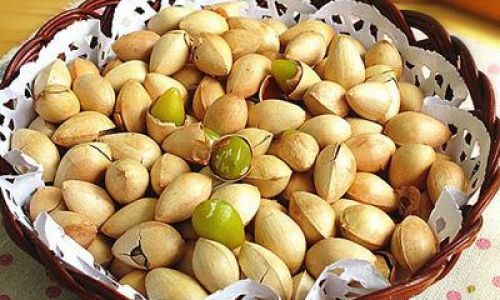
Cooking Methods: From Boiling to Roasting
Boiling: The Simplest Approach
Boiling is the most common method for cooking ginkgo nuts, as it neutralizes harmful compounds and softens the texture.
- Steps:
- Place shelled nuts in a pot and cover with water.
- Bring to a boil, then reduce heat to a simmer.
- Cook for 10–15 minutes (fresh nuts) or 20–25 minutes (dried nuts).
- Drain and rinse under cold water.
- Pat dry and use immediately or store in the refrigerator for up to three days.
Roasting: For a Nutty Aroma
Roasting enhances the nuts’ natural sweetness and imparts a toasty flavor.
- Steps:
- Preheat the oven to 350°F (175°C).
- Toss shelled nuts in a drizzle of oil and a pinch of salt.
- Spread on a baking sheet and roast for 10–12 minutes, shaking the pan halfway through.
- Remove when golden-brown and fragrant.
Sautéing: Quick and Versatile
Sautéing is ideal for incorporating ginkgo nuts into stir-fries or side dishes.
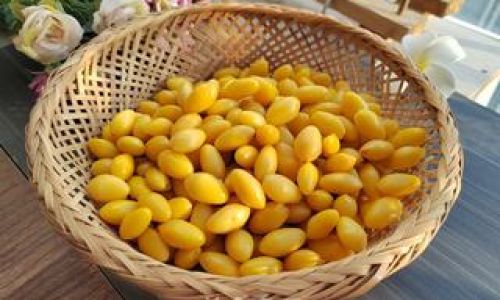
- Steps:
- Heat a tablespoon of oil (sesame or vegetable) in a pan over medium heat.
- Add the nuts and cook for 3–4 minutes, stirring frequently.
- Add aromatics like garlic or ginger for extra flavor.
Microwaving: A Speedy Alternative
For a hassle-free option, microwave shelled nuts in a covered dish with a splash of water for 2–3 minutes.
Safety Precautions: Avoiding Toxicity
Raw ginkgo nuts contain a compound called ginkgotoxin, which can cause nausea, vomiting, or seizures if consumed in large quantities. Cooking destroys this toxin, making the nuts safe to eat. However, moderation is still advised—adults should limit intake to 10–15 nuts per day, while children and pregnant individuals should avoid them entirely. Always discard any nuts that taste overly bitter, as this may indicate spoilage.
Creative Recipes to Try
Ginkgo Nut and Chicken Congee (Rice Porridge)
A comforting dish perfect for cold weather.
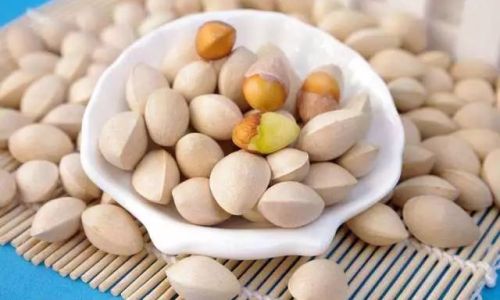
- Ingredients:
- 1 cup short-grain rice
- 6 cups chicken broth
- 1 cup cooked ginkgo nuts
- 1 chicken breast, shredded
- 2-inch ginger, sliced
- 1 tbsp soy sauce
- Salt and pepper to taste
- Instructions:
- Rinse the rice and combine with broth and ginger in a pot.
- Bring to a boil, then simmer for 30 minutes.
- Add chicken and ginkgo nuts, cooking for another 10 minutes.
- Stir in soy sauce and season to taste.
Roasted Ginkgo Nut and Vegetable Stir-Fry
A vibrant, nutrient-packed meal.
- Ingredients:
- 2 cups mixed vegetables (broccoli, bell peppers, carrots)
- 1 cup cooked ginkgo nuts
- 2 garlic cloves, minced
- 1 tbsp olive oil
- 1 tbsp soy sauce
- Instructions:
- Stir-fry garlic in oil until fragrant.
- Add vegetables and cook until tender-crisp.
- Toss in ginkgo nuts and soy sauce, mixing well.
Ginkgo Nut and Red Bean Dessert Soup
A sweet treat enjoyed in many Asian cultures.
- Ingredients:
- 1/2 cup dried red beans
- 1/4 cup cooked ginkgo nuts
- 4 cups water
- 1/4 cup sugar (adjust to taste)
- 1 pinch salt
- Instructions:
- Soak red beans overnight, then drain.
- Boil beans in water for 45 minutes, or until soft.
- Add ginkgo nuts, sugar, and salt, simmering for 15 more minutes.
Ginkgo Nut Pesto Pasta
A twist on the classic Italian sauce.
- Ingredients:
- 1 cup fresh basil leaves
- 1/2 cup cooked ginkgo nuts
- 1/4 cup grated Parmesan
- 1/4 cup olive oil
- 2 garlic cloves
- Salt and pepper to taste
- Instructions:
- Blend all ingredients until smooth.
- Toss with cooked pasta and serve.
Incorporating Ginkgo Nuts into Global Cuisines
While ginkgo nuts are deeply rooted in Asian traditions, their mild flavor allows them to blend seamlessly into other cuisines. Try adding them to:
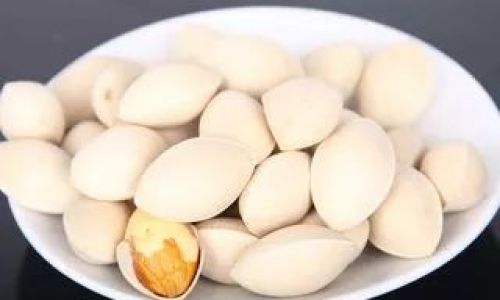
- Salads: Toss roasted nuts with arugula, goat cheese, and balsamic dressing.
- Grain Bowls: Mix with quinoa, roasted vegetables, and a tahini drizzle.
- Baked Goods: Chop and fold into muffins or banana bread for added texture.
Troubleshooting Common Issues
- Bitter Taste: Overcooking or spoilage can cause bitterness. Always taste before using.
- Mushy Texture: Avoid overboiling; simmer gently instead.
- Difficulty Peeling: Blanch fresh nuts in hot water to loosen the membrane.
Sustainability and Ethical Sourcing
Ginkgo biloba trees are often planted in urban areas for their resilience and beauty. However, their fruits can create slippery sidewalks and emit a foul odor when they fall. If foraging, check local regulations and avoid overharvesting. Opt for sustainably sourced or cultivated nuts when possible.
Conclusion: Embracing the Versatility of Ginkgo Nuts
From humble beginnings as a hard-shelled seed to a star ingredient in gourmet dishes, ginkgo nuts offer a unique blend of history, flavor, and nutrition. By mastering simple cooking techniques and exploring creative recipes, you can elevate this ancient ingredient into modern meals. Remember to prioritize safety, savor their delicate taste, and enjoy the journey of discovering a culinary treasure that has endured for millennia. Whether boiled, roasted, or blended into a creamy soup, ginkgo nuts are sure to add a touch of elegance to your table.
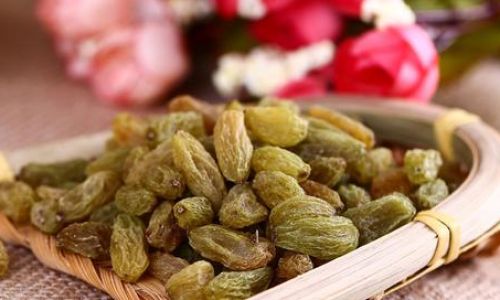
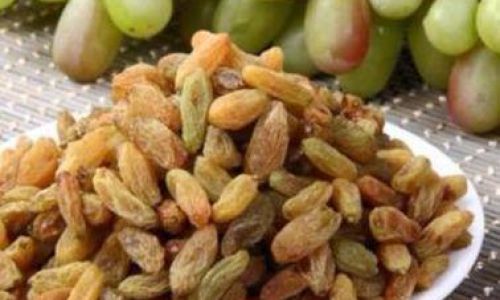
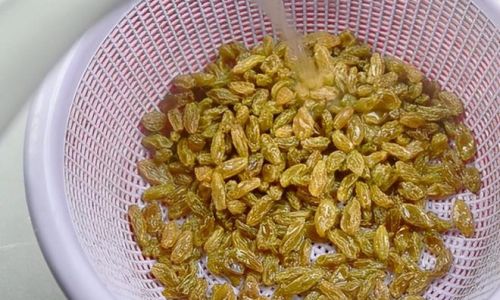
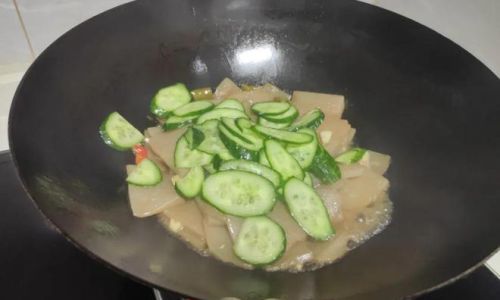
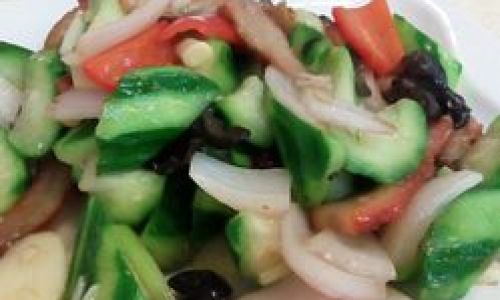
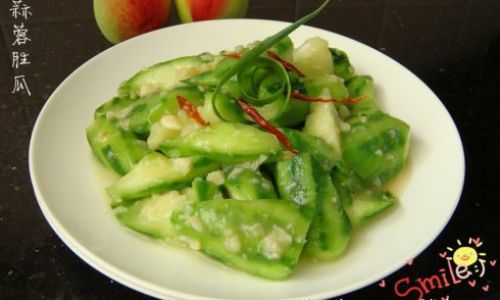
0 comments